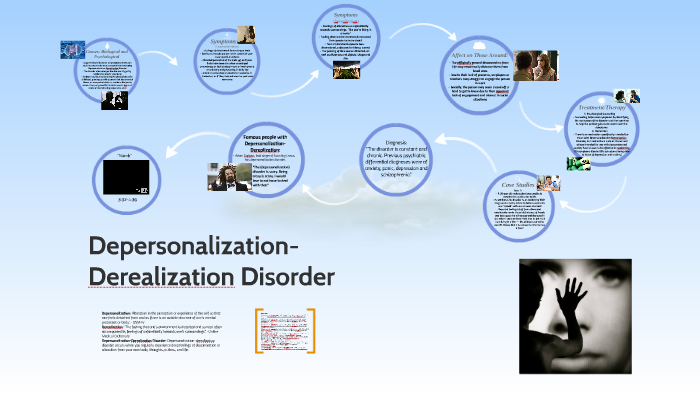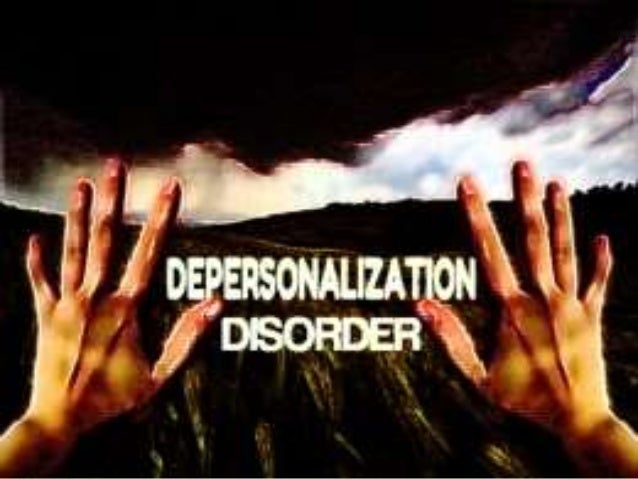

Our findings showed that the online dissociation as measured by the Van Online Dissociative Experiences Schedule and mental dissociation as indexed by the Dissociative Experiences Scale are qualitatively different constructs in relation to addictive behaviors on the net. The multinomial regression analysis showed that online cognitions, anxious arousal, and online dissociation were significantly associated with pathological Internet use. The LCA identified three latent classes: (1) Normal Internet Users (n=141, 36.15%), (2) Problematic Internet Users (n=148, 37.95%), and (3) Pathological Internet Users (n=101, 25.90%). Items responses on the 26-item Chen Internet Addiction Scale were subjected to LCA. Latent class analysis (LCA) was performed. Three hundred and ninety Turkish undergraduate students (261 females) participated in the study. The predictive role of online cognitions and online dissociative experiences on pathological Internet use were investigated. This study aimed to explore the heterogeneity in the symptoms of pathological Internet use. These findings suggest that current common VR experiences are not a cause of long-term DPDR symptoms for the majority of users, yet also encourage further research about specific cases where VR use might trigger DPDR experiences in the long term. Secondary analyses show that symptoms are more common among newer users and among those who engage in longer sessions. DPDR symptoms are more frequent among younger female users and in those who experience higher levels of embodiment during use.

The results support the absence of a linear association between time of VR use and the presence of symptoms, when controlling for other factors. In a preregistered study, we conducted an online survey among a bigger sample of VR users (N = 754) to investigate the relationship between time of use during the past 6 months and the presence of DPDR symptoms. However, the impact of long-term VR use on these symptoms has not been analyzed so far.
#Dissociation and depersonalization manual
Instead, people spent more time watching movies, TV, and YouTube videos, playing video games and meeting people online rather than participating in physically laboring activities or manual work such as visiting others or exercising.Previous research shows that virtual reality (VR) users may experience symptoms of depersonalization/derealization (DPDR) immediately after use. Notable shifts in behavior were reported such as living a more sedentary lifestyle with fewer physical meetings and proximal movements ie, touching less surfaces, objects, or people. In an international online study, 622 participants completed the Cambridge Depersonalization Scale (CDS-29) questionnaire and lifestyle survey to identify experiences of DP and vividness of positive or negative emotions before and during COVID-19. When experienced chronically, it can lead to a diagnosis of depersonalization-derealization disorder. Normally triggered by severe trauma or emotional distress, derealization, or the feeling of living in a different world or dream-like state, forces one’s self to reach an extreme detachment from one’s environment. Those who experience this phenomenon express concern about feeling outside of one’s body, feeling on autopilot or even feeling the sensation of floating.

Depersonalization (DP) is described as feeling detached from one’s self.

According to the study, a shift towards a hyper-digitalized lifestyle and self-isolation can lead to dissociative disorders.


 0 kommentar(er)
0 kommentar(er)
